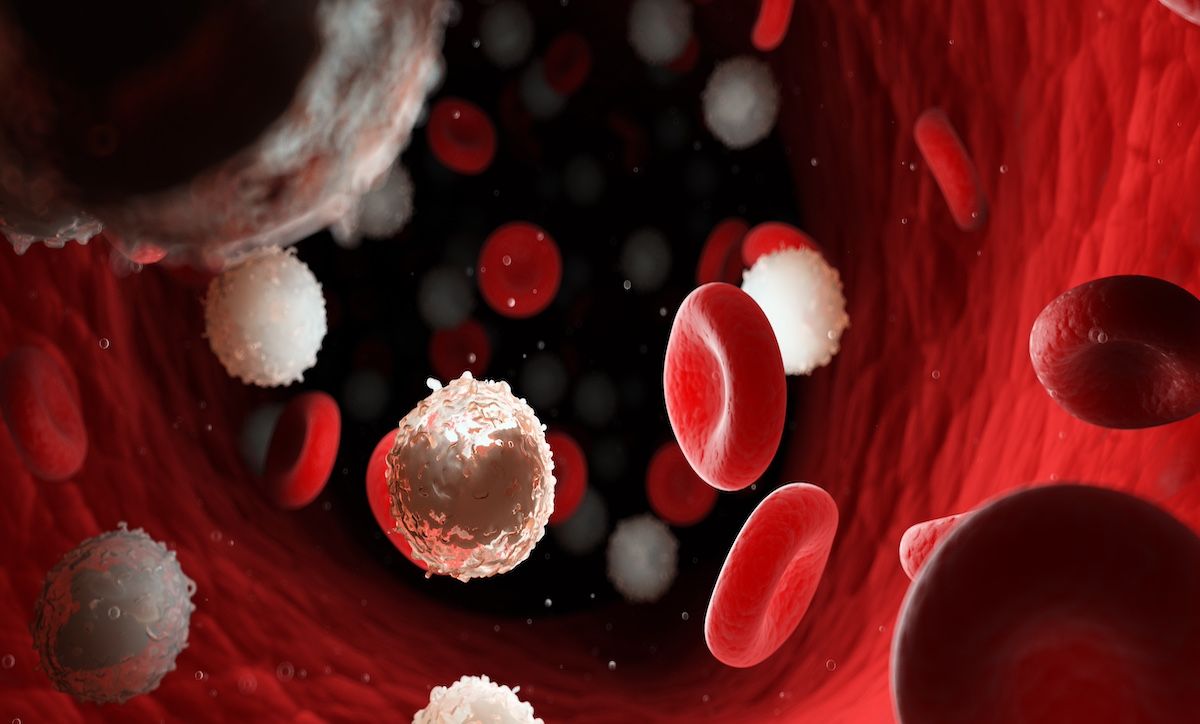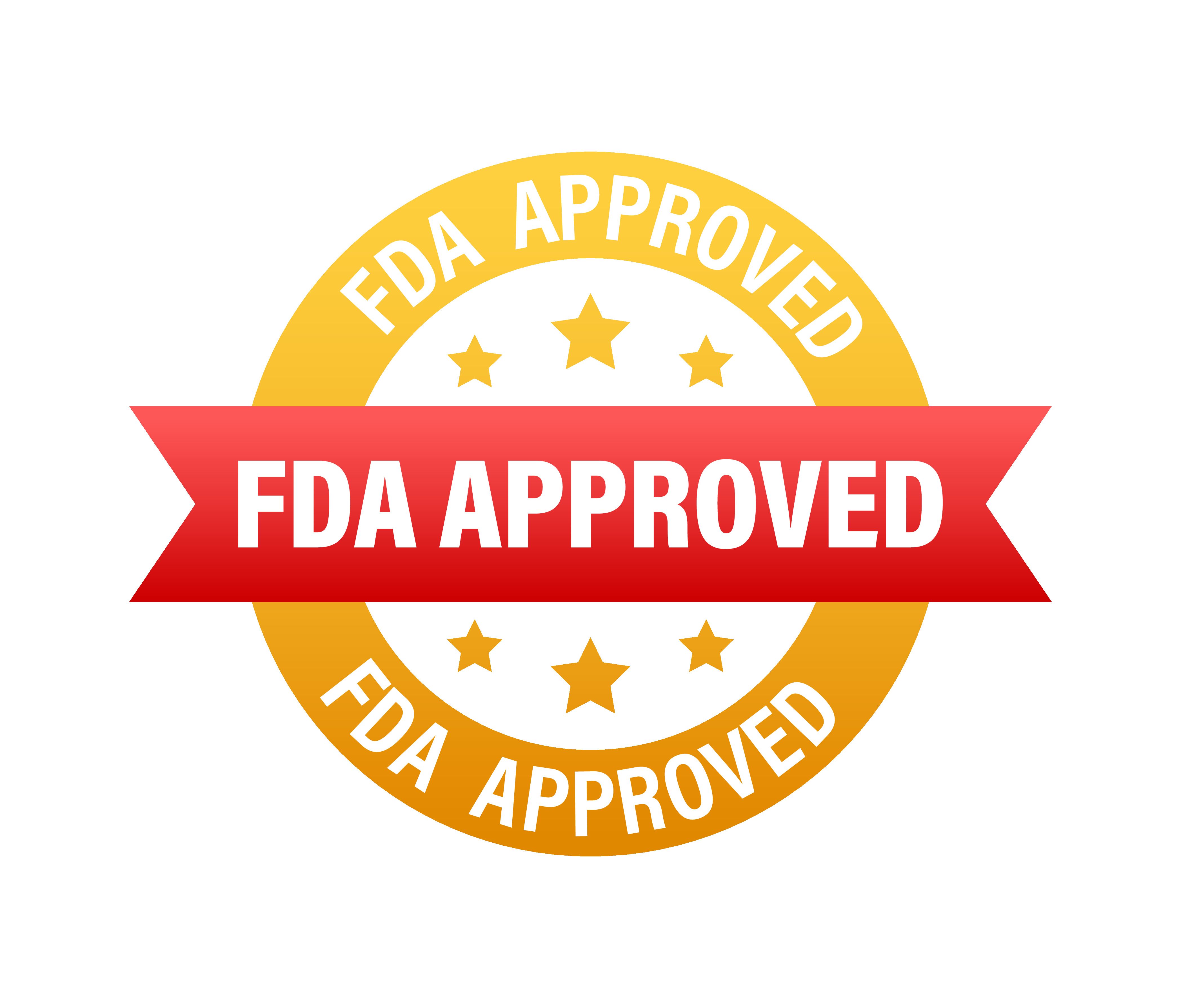Article
FDA Approves First Oral Therapy for Lupus Nephritis
Author(s):
Voclosporin, the first FDA-approved oral therapy for lupus nephritis, will be sold as Lupkynis by Aurinia Pharmaceuticals and is approved for use in conjunction with immunosuppressive treatment.
The FDA late Friday approved voclosporin for the treatment of lupus nephritis (LN), a condition that is associated with kidney damage, kidney failure, cardiac events, and death.
Voclosporin, the first FDA-approved oral therapy for LN, will be sold as Lupkynis by Aurinia Pharmaceuticals and is approved for use in conjunction with immunosuppressive treatment.
The approval is the second for an LN therapy recently; the FDA expanded the indication for belimumab to adults with LN last month. Belimumab was first approved in 2011 for systemic lupus erythematosus (SLE). LN affects about 40% to 50% of patients with SLE, which disproportionately affects Black, Hispanic, and Asian individuals; most patients are female.
Lupus is a classic autoimmune disease and arrives suddenly in people with a genetic predisposition. For the most part, clinicians use immunosuppressive drugs that limit immune system activity, including hydroxychloroquine—which experienced shortages last year when it was promoted as a possible treatment for coronavirus disease 2019, despite a lack of evidence.
The development of voclosporin stemmed from the AURORA phase 3 study and the AURA-LV phase 2 study. Over the course of 52 weeks, patients receiving voclosporin had vastly improved outcomes when taken in combination with standard-of-care therapy (SOC), mycophenolate mofetil (MMF), and low-dose steroids.
For both phase 2 and 3 studies, 533 patients with LN were given voclosporin 23.7 mg or a placebo twice a day in conjunction with SOC and a MMF target dose of 2 g daily. For the first 2 days, patients received intravenous (IV) methylprednisolone (up to 1 g), with a taper of oral corticosteroids after that. Oral prednisone dosage was 20 mg/day for patients weighing less than 45 kg and 25 mg/day for patients weighing at least 45 kg. By week 16, their target goal was a dose of 2.5 mg/day. Patients (with LN class III, IV, or V) were required to have baseline eGFR greater than 45 mL/min/1.73 m2.
The phase 3 study showed that voclosporin was twice as effective at achieving a complete renal response compared with SOC. Patients also obtained a 50% reduction in urine protein creatinine ratio twice as fast as those in the SOC group; in addition, a higher number of patients in the voclosporin group achieved a complete renal response by 24 weeks when compared with those in the SOC group.
Common adverse effects (>3%) included a decrease in glomerular filtration rate, hypertension, diarrhea, headache, anemia, cough, urinary tract infection, abdominal pain, dyspepsia, alopecia, renal impairment, mouth ulceration, fatigue, tremor, acute kidney injury, and decreased appetite.
Newsletter
Stay ahead of policy, cost, and value—subscribe to AJMC for expert insights at the intersection of clinical care and health economics.





